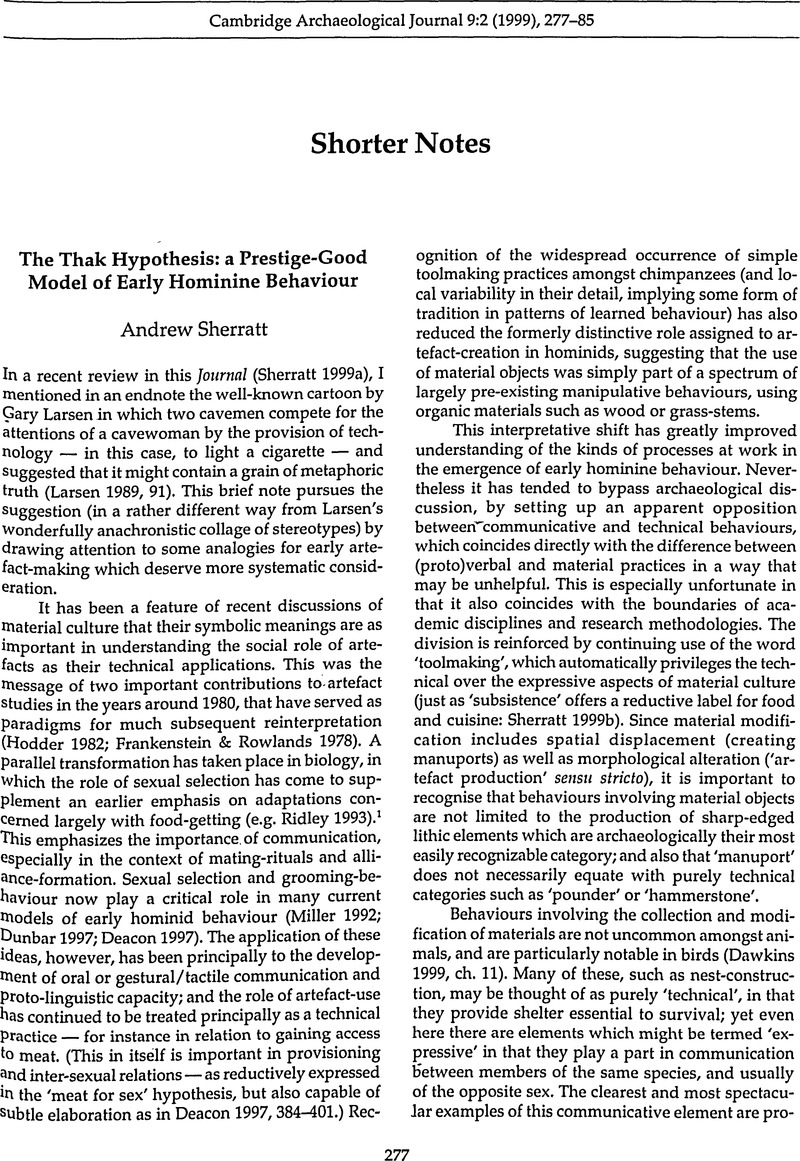Crossref Citations
This article has been cited by the following publications. This list is generated based on data provided by Crossref.
González Carretero, Lara
and
Fuller, Dorian Q.
2024.
Encyclopedia of Archaeology (Second Edition).
p.
743.



